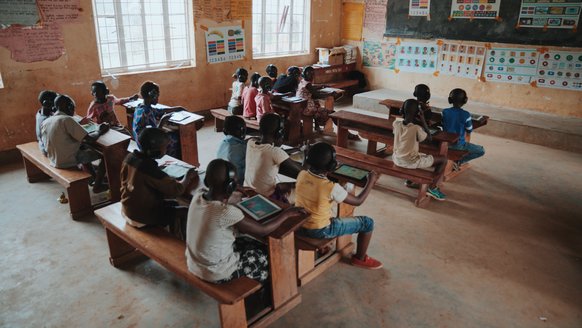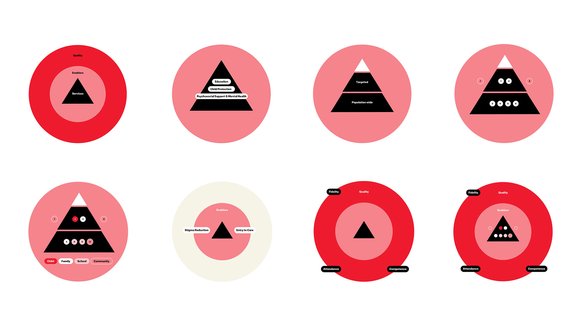Research and development
How we ensure our programmes are effective
Millions of children worldwide are forced to live with the effects of war - effects including depression, anxiety and neglect. Every War Child programme has the ultimate goal of boosting the strength and resilience of conflict-affected children and youth - and Research and Development plays a vital role in ensuring our efforts are effective.
Evidence-based interventions
Our R&D efforts will see the creation of an integrated care and support system - our Care System - across all levels of a child’s life. This system will see the development of scientifically tested and evidence-based interventions and tools to guarantee the highest standards of quality.
These efforts are designed to ensure the provision and increased scale of quality care and support to conflict-affected children around the world - both by ourselves and through our network of partner organisations. All this will ultimately contribute to ensuring the increased resilience and improved psychosocial wellbeing of conflict-affected children. Our approach will also help to establish protective and supportive communities that respect the rights of children.
War Child Care System
To meet the increasingly complex and urgent needs of the growing number of conflict-affected children, urgent innovation is required. This is why War Child is developing a Care System, an integrated suite made up of ten ‘core interventions’. The system incorporates psychosocial support, child protection and education across differing levels of intensity, as well as several enabling interventions to increase access to care and reduce stigmatization. This model allows for an integrated approach that ensures the various interventions are interconnected and mutually reinforce one another - ensuring maximum impact.
Meeting the varying needs of children
The Care System is multi-level - which ensures that the various interventions range in intensity according to the needs of children, their care-takers, teachers and their communities. Interventions of lower intensity are available - these are designed to promote psychosocial wellbeing and prevent future problems. Higher-intensity interventions are also available - these are aimed at children experiencing significant and enduring distress. This range of interventions allows us to respond to the varying and specific needs of children and their caregivers.
The package of interventions is supported by a range of tools and measures that serve to both strengthen quality and allow us to respond to changes in the humanitarian context where we are present.

